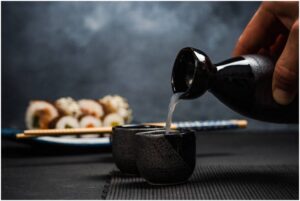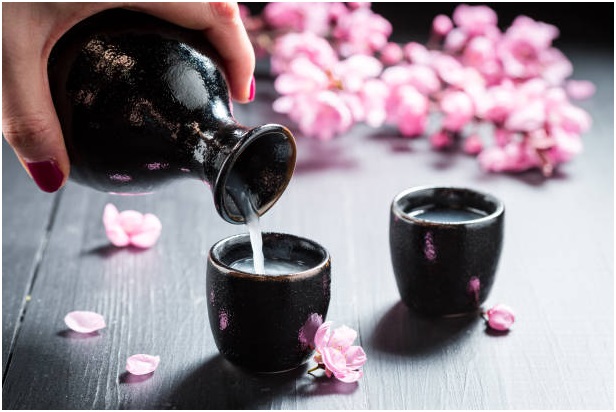In the world of libations, few beverages possess the mystique and allure of sake wine. Originating from the Land of the Rising Sun, this centuries-old elixir embodies a rich tapestry of tradition, craftsmanship, and cultural significance. Delving into the depths of sake wine unveils a complex and nuanced beverage that captivates the senses and ignites the imagination.
Sake wine, often referred to simply as “sake,” traces its roots back to ancient Japan, where it held a sacred place in Shinto rituals and ceremonies. Today, it remains an integral part of Japanese culture, revered for its ability to foster camaraderie, celebrate milestones, and accompany moments of reflection and contemplation.
At first glance, sake wine may appear deceptively simple—a clear, colorless liquid with a mild aroma and subtle flavor profile. Yet, beneath this unassuming facade lies a world of complexity waiting to be explored. From the choice of rice and water to the intricate fermentation process, every aspect of best sake wine production is steeped in tradition and precision.
One of the most intriguing aspects of sake wine is its versatility. Unlike wine or beer, which are classified based on grape variety or brewing method, sake is categorized according to its polishing ratio and production style. This unique classification system, coupled with the diverse range of sake styles and flavor profiles, lends the beverage a burst of diversity that appeals to connoisseurs and novices alike.
The burst of flavors found in sake wine is a testament to the skill and artistry of the sake brewmaster, or “toji.” Through a delicate balance of rice polishing, fermentation temperature, and yeast selection, the toji crafts sake that ranges from light and floral to rich and robust. Each sip is a journey of discovery, as layers of flavor unfold on the palate, revealing hints of umami, fruit, and floral notes.
But sake wine is more than just a beverage; it is a cultural touchstone that reflects the ethos and values of Japanese society. The act of sharing sake—known as “kampai”—is steeped in tradition and symbolism, serving as a gesture of goodwill, friendship, and mutual respect. Whether enjoyed in a traditional izakaya or a modern sake bar, sake fosters connections and bridges cultural divides, transcending language and borders.
The burstiness of sake culture extends beyond the confines of Japan, as aficionados around the world embrace this enigmatic elixir with fervor and enthusiasm. From sake tasting events and sake pairing dinners to sake appreciation classes, the global sake community continues to grow, driven by a shared passion for this ancient beverage.
As sake wine continues to gain popularity on the international stage, there is a renewed focus on sustainability and innovation within the sake industry. Breweries are experimenting with new rice varieties, fermentation techniques, and aging methods, pushing the boundaries of tradition while honoring the legacy of sake craftsmanship.

In conclusion, sake wine is more than just a drink; it is a cultural phenomenon that transcends time and place. From its ancient origins in Japan to its modern-day resurgence on the global stage, sake embodies a burst of tradition, innovation, and community. Whether sipped in a traditional tatami room or a sleek urban bar, sake wine invites us to embark on a journey of discovery, where every sip reveals a new facet of its enigmatic charm. Kampai!










